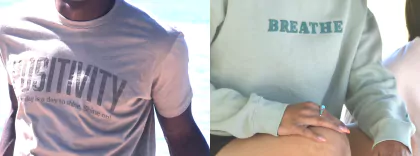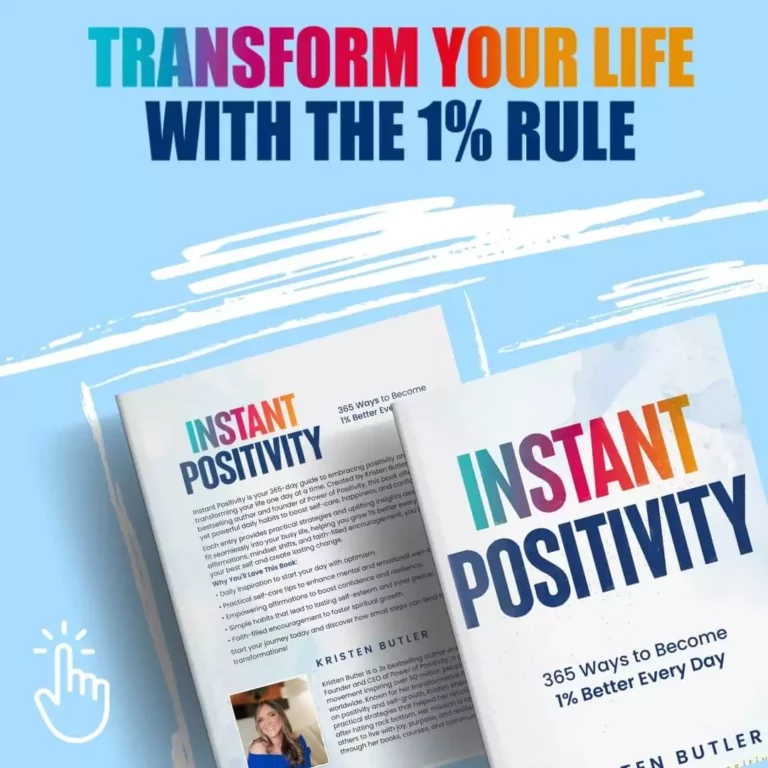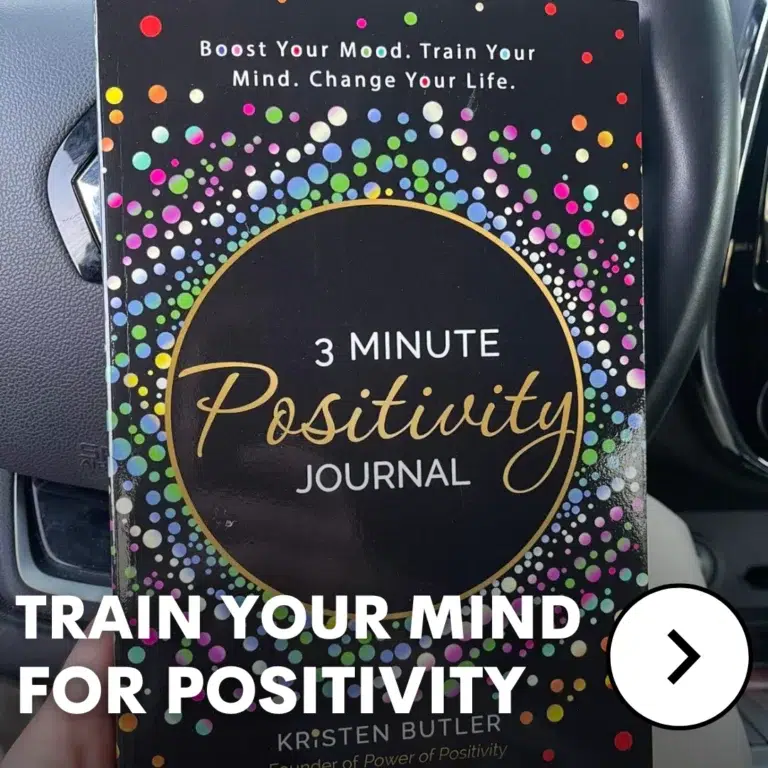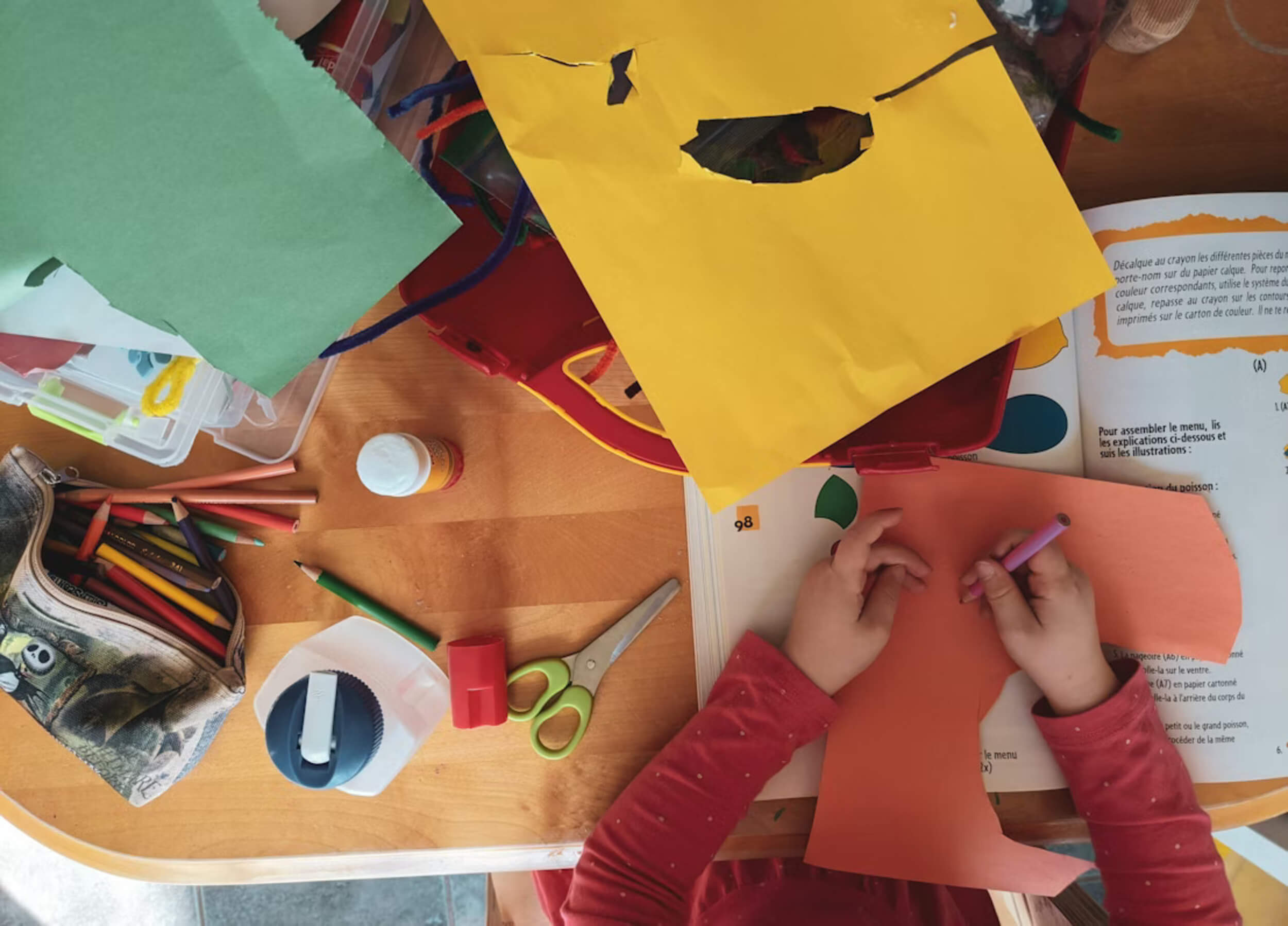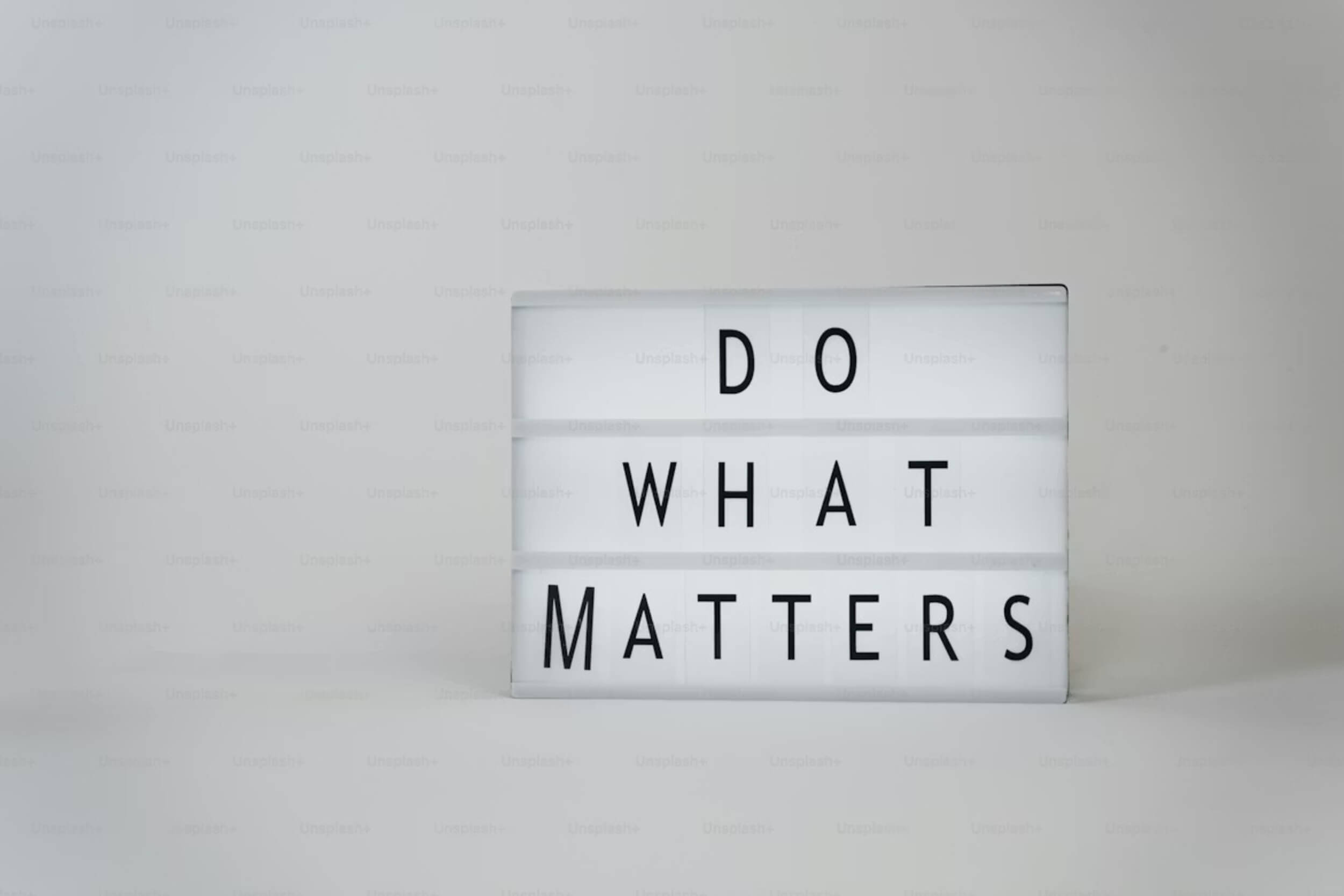How do doctors catch breast cancer before there are any warning signs? The answer lies in breast cancer screenings — regular breast cancer tests designed to spot small changes long before symptoms appear. These tests can find tiny lumps or unusual tissue that might otherwise go unnoticed, giving you and your doctor more time and more choices for treatment.
Finding cancer early often leads to better outcomes and fewer complications. Treatments can start sooner, recovery can be easier, and survival rates are much higher when the disease is caught in its earliest stages.
Some screenings even detect precancerous cells, stopping potential cancer before it has a chance to grow. That’s why these tests aren’t just about finding illness — they’re about prevention and peace of mind.
While screenings can’t diagnose cancer on their own, they provide valuable clues that guide your doctor’s next steps. Knowing when to begin and keeping up with regular checkups can make all the difference — sometimes even saving a life.
When and Why Screenings Matter
How do you know when it’s the right time to start breast cancer tests? The answer depends on your age, family background, and overall health. Doctors use these factors to decide when screenings should begin and how often they should be done.
Most women start getting tested in their 40s, but those with a higher risk — such as a close family member who had breast cancer — may need to start earlier. Medical experts, including the U.S. Preventive Services Task Force, create national guidelines to help doctors recommend the safest and most effective screening schedules.
When done at the right time, screenings have huge benefits. They help find cancer early when it’s easier to treat, reduce the need for aggressive treatments, and increase survival rates.
Here’s what matters most:
- Your age and personal health
- Family history of breast cancer
- The type and timing of breast cancer tests your doctor recommends
Once you understand the “why,” the next step is knowing which tests matter most.
Common Breast Cancer Screening Tests
A clear look at the most trusted breast cancer tests and how each one helps detect cancer early.
Mammogram: The Gold Standard
What makes a mammogram the top choice for early detection? It’s a special breast X-ray that uses low radiation to spot tiny changes in breast tissue. These images can show small lumps or growths that can’t be felt during a physical exam.
Most experts recommend starting mammograms at age 40 and repeating them every one to two years. For many women, it’s the single most effective step for catching cancer early.
A mammogram might feel a little uncomfortable since the breast is gently pressed between two plates for a few seconds, but the test only takes minutes. The benefit? It can detect cancer before symptoms appear — a key reason breast cancer deaths have dropped over the years. Regular mammograms save lives because they find cancer at its most treatable stage.
Breast MRI: For Those at Higher Risk
A breast MRI uses magnets instead of X-rays to create detailed images of breast tissue. It’s often recommended for women who carry a BRCA gene mutation or have a strong family history of breast cancer.
Unlike mammograms, MRIs can detect cancers hidden deep within dense tissue, making them more sensitive. However, they can also pick up noncancerous changes, leading to extra tests.
Doctors typically suggest using MRI alongside a mammogram — not as a replacement. Since it’s more complex, this test requires a doctor’s recommendation based on your risk level. For high-risk women, combining MRI with regular breast cancer tests provides the best chance to find problems early.
Ultrasound: A Helpful Supplement
Ultrasound uses sound waves to take pictures of the inside of your breast. It helps doctors tell the difference between solid lumps and fluid-filled cysts.
This test is often used when mammogram results are unclear or for women with dense breast tissue, where X-rays can be harder to read. It’s painless, quick, and doesn’t use radiation — making it safe for all ages.
Ultrasound is becoming more common for younger women and those who want an extra layer of reassurance between mammograms. When paired with other breast cancer tests, it helps create a clearer picture of breast health.
Clinical Breast Exam (CBE)
A clinical breast exam is a hands-on check performed by a doctor or nurse. During the exam, the provider looks and feels for any unusual changes such as lumps, thickened skin, or nipple discharge.
While not as detailed as imaging, these exams can catch things that tests might miss. When done regularly, and combined with imaging like mammograms, they help create a complete view of your breast health.
Clinical exams are a key part of preventive care — simple, quick, and helpful in spotting early warning signs.
5. Self-Awareness and At-Home Checks
Knowing your own body is powerful. Pay attention to how your breasts normally look and feel. If you notice anything new — like a lump, dimpling, redness, or discharge — tell your doctor right away.
While formal self-exams are no longer required, staying aware of changes is still valuable. Awareness helps you catch problems early, even between regular breast cancer tests.
Small habits like this build confidence and help protect your health in the long run.
6. Emerging Screening Innovations
New technology is changing how breast cancer is found. Digital 3D mammography, also known as tomosynthesis, gives doctors a clearer, layer-by-layer view of breast tissue — improving accuracy and reducing false alarms.
Scientists are also studying blood-based and genetic breast cancer tests that could one day detect cancer even earlier. These tools are still being researched but show exciting potential for the future.
Once the right test is chosen, understanding how the results are handled is just as important.
What to Expect During Screening
Stepping into your first screening appointment can feel uncertain, but knowing what happens can make it easier. Before the test, you’ll likely be asked not to use deodorant, lotion, or powder under your arms or on your chest — they can interfere with the images.
It’s best to wear a two-piece outfit so you only have to remove your top. During a mammogram, your breast is gently pressed for a few seconds while X-rays are taken. For MRIs, you’ll lie on a padded table that moves through a scanner.
The test itself usually takes less than 30 minutes, and any discomfort fades quickly. Results aren’t given right away — a radiologist will study the images before your doctor discusses them with you.
These screenings might feel routine, but they can make a lifesaving difference. Sometimes, a few minutes in a clinic can lead to years of good health.
Understanding Screening Results
Hearing you need more tests can sound worrying, but it doesn’t always mean something serious. Breast cancer tests look for unusual changes — not just cancer itself.
If your results come back “negative,” that means no signs of cancer were found. “Benign” means something was seen, but it’s not harmful. “Suspicious” or “positive” results don’t confirm cancer; they simply mean more tests are needed, like another mammogram, ultrasound, or biopsy.
False positives can happen, but follow-up imaging clears up confusion in most cases. Staying calm and keeping communication open with your healthcare provider helps you understand what’s really going on.
The most important thing to remember is that screening results are just the first step — not the final word. Knowing how to read them helps you stay informed and in control. Understanding when to start, and how often to continue, can make all the difference in long-term health.
When and How Often to Screen
Screening schedules aren’t one-size-fits-all. Most women between 40 and 49 should make personalized decisions with their doctor based on individual risk. From 50 to 74, screenings are usually recommended every one to two years. After 75, it depends on overall health and medical history.
Those with family history or gene mutations may start as early as 30. Reviewing your personal risk each year helps keep your plan on track.
Here’s a simple reminder list:
- Ages 30–39: High-risk women start with doctor approval.
- Ages 40–49: Begin regular mammograms.
- Ages 50–74: Continue every 1–2 years.
- Ages 75+: Discuss with your doctor based on your health.
Using digital health tools or patient portals helps you track appointments and results easily.
Some people worry about screenings, but knowing the benefits outweigh the risks can bring peace of mind — and may save your life.
Balancing Benefits and Risks
Every medical test has pros and cons, but with breast cancer tests, the benefits clearly stand out. Early detection means cancers are found when they’re easier to treat and less likely to spread.
Possible risks include false positives, unnecessary testing, or mild radiation exposure from X-rays. Thankfully, modern technology has made these risks very small. The focus today is accuracy, comfort, and safety.
Talking openly with your doctor about your concerns helps build trust and confidence in the process. For most people, the chance to catch cancer early — when it’s most treatable — is worth it.
Some individuals, however, need special care because of family or genetic risks. Knowing your body and your history helps your doctor create a plan that fits you best.
High-Risk Factors and Genetic Testing
Some people face a higher chance of developing breast cancer because of their genes or medical history. Factors include:
- Family members who had breast or ovarian cancer
- BRCA1 or BRCA2 gene mutations
- Dense breast tissue
- Previous chest radiation
Doctors may suggest genetic counseling or testing to learn more about your risk. These tests look for inherited changes in DNA that can raise the chance of cancer.
If you test positive for a genetic mutation, your screening plan might change — starting earlier or using additional imaging like MRI.
Genetic testing can feel emotional, but privacy and support are always part of the process. Knowing your risk empowers you to make smart, preventive choices with your healthcare team.
Understanding your personal risk is a form of protection — and support is available every step of the way.
Final Thoughts on Breast Cancer Screenings
Screenings are one of the strongest tools for catching cancer early and saving lives. Regular breast cancer tests can mean the difference between a simple treatment and a harder fight later on.
Staying consistent with your screening schedule is one of the best gifts you can give yourself. It’s quick, simple, and powerful. Delaying or skipping tests can allow cancer to grow silently — and that’s something no one wants.
The good news? Early action changes everything. When cancer is found early, survival rates soar, and treatments are far more effective.
The few minutes it takes for a screening could be the minutes that save your life. So, stay informed, stay proactive, and take charge of your breast health — because prevention starts with awareness.
